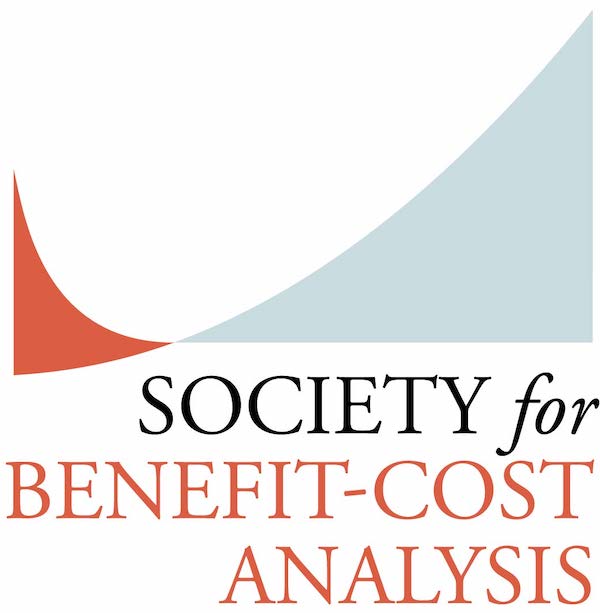
Economists have for decades recommended that carbon dioxide and other greenhouse gases be taxed to provide incentives for their reduction. The United States does not have a federal carbon tax; however, many state and federal programs to reduce carbon emissions effectively price carbon—for example, through cap-and-trade systems or regulations. There are also programs that subsidize reductions in carbon emissions. At the 2022 meetings of the American Economic Association, the Society for Benefit-Cost Analysis brought together five well-known economists—Joe Aldy, Dallas Burtraw, Carolyn Fischer, Meredith Fowlie, and Rob Williams—to discuss how the United States does, in fact, price carbon already and how it could do so more effectively. Maureen Cropper chaired the panel.
Meredith Fowlie discussed problems that a carbon tax would present if levied on the US energy sector. As Fowlie pointed out, setting a carbon tax equal to the social cost of carbon assumes that the prices of carbon-intensive goods reflect suppliers’ marginal private costs. In many US states, however, regulated retail electricity and natural gas prices exceed marginal supply costs—in the case of electricity, sometimes by a factor of two to three. Electricity prices have risen to cover the costs of upgrading generation, transmission, and distribution systems and making the grid more resilient to extreme weather events. Adding a carbon tax to these prices would slow the pace of electrification for the clean energy transition and would burden low-income households. Fowlie discussed these issues and suggested that retail rate reform is needed.

 On June 30, 2022, the Supreme Court of the United States decided West Virginia v. Environmental Protection Agency. The case was about whether EPA in the Clean Power Plan could set the carbon emissions standard for existing power plants at a level that would require the power plants to reduce coal use and shift to or subsidize natural gas or renewable-energy electricity generation (referred to as “generation shifting”). But the focus was not on whether such a level would be benefit-cost justified—but rather on whether the agency was allowed to set a standard requires generation shifting for compliance under this provision of the Clean Air Act. Writing for the majority, Chief Justice Roberts applied the “major questions” doctrine and concluded that EPA could not do this despite reasonable textual support for it; on issues like this one, which have “vast economic and political significance,” Congress must clearly authorize an agency to act in this way.
On June 30, 2022, the Supreme Court of the United States decided West Virginia v. Environmental Protection Agency. The case was about whether EPA in the Clean Power Plan could set the carbon emissions standard for existing power plants at a level that would require the power plants to reduce coal use and shift to or subsidize natural gas or renewable-energy electricity generation (referred to as “generation shifting”). But the focus was not on whether such a level would be benefit-cost justified—but rather on whether the agency was allowed to set a standard requires generation shifting for compliance under this provision of the Clean Air Act. Writing for the majority, Chief Justice Roberts applied the “major questions” doctrine and concluded that EPA could not do this despite reasonable textual support for it; on issues like this one, which have “vast economic and political significance,” Congress must clearly authorize an agency to act in this way. China is investing trillions of dollars in hundreds of projects, mainly infrastructures under its Belt and Road Initiative. This Initiative termed the BRI seeks to increase trade and contribute to global economic growth through increased connectivity, ports' development, building transport networks, pipelines, and other major infrastructures stretching from the northwestern part of China through Central Asia and Middle East through Africa and onwards to Europe.
China is investing trillions of dollars in hundreds of projects, mainly infrastructures under its Belt and Road Initiative. This Initiative termed the BRI seeks to increase trade and contribute to global economic growth through increased connectivity, ports' development, building transport networks, pipelines, and other major infrastructures stretching from the northwestern part of China through Central Asia and Middle East through Africa and onwards to Europe.